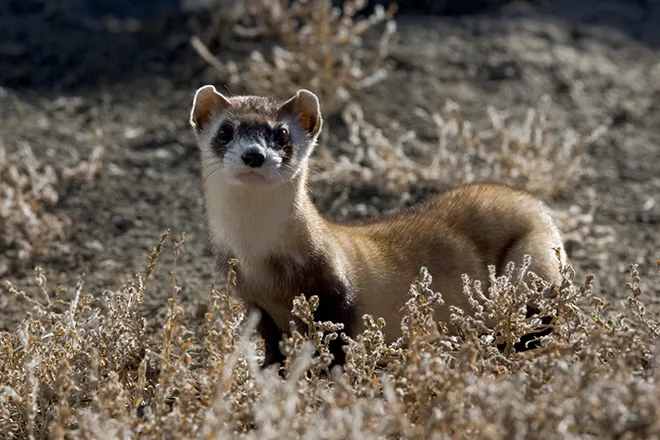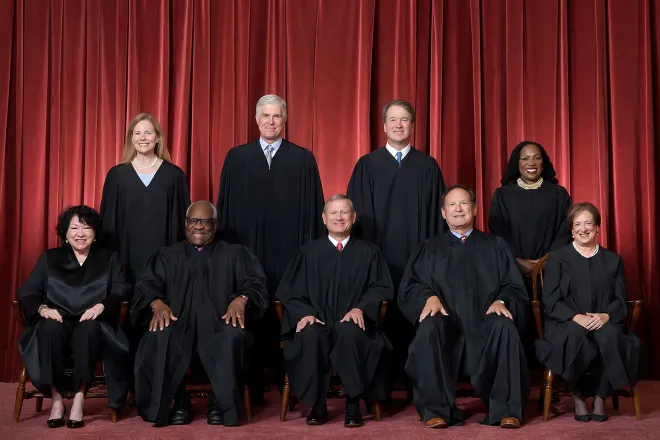
EarthTalk – Is ebony going extinct in the wild?
© iStock
Dear EarthTalk:
I hear that ebony is going extinct in the wild. Is there anything we can do to conserve what’s left and are there alternatives we can use instead?
Paul B., Bowie, MD
Ebony wood is frequently used in furniture and musical instruments because of its exceptional hardness, density, fine texture and extremely dark hue. The immense demand for this valuable hardwood has led to overexploitation and illegal logging. Meanwhile, the culling of the biggest trees has meant successive generations are smaller and smaller—and ebony trees are slow growers to begin with. Regenerating an ebony forest after it’s been cut could take upwards of a century.
Ebony grows mainly in central Africa and southeast Asia, and is critical for economies heavily reliant on natural resources. Insufficient environmental regulations make it disturbingly easy for illicit logging groups to operate in remote forests. Without proper management, loggers typically target physically superior trees, leading to the weakening of the genetic pool of the remaining trees. On a larger scale, the loss of ebony trees carries adverse consequences for local ecosystems. These trees provide sustenance to wildlife; their fruits feed monkeys and apes, while their leaves support animals like elephants.
If you decide to buy a product containing ebony, look for certifications from the Forest Stewardship Council (FSC) or the Program for Endorsement of Forest Certification (PEFC). Wood that is certified by these groups is sourced from forests that are managed in a manner that safeguards biodiversity, supports the well-being of local communities and laborers, and maintains economic sustainability. Fraudulent certification labeling is on the rise among ebony vendors trying to deceive eco-conscious consumers into purchasing their products. To verify the authenticity of a certification, search the FSC and PEFC databases.
Above all else, abstaining from purchasing ebony is the most effective way to prevent your contribution to its overexploitation. Fortunately, there are many other types of wood that may suit your color, durability and texture preferences.
Katalox, or Mexican Royal Ebony, is a non-threatened species with natural dark hues ranging from reddish-brown to nearly pitch black. It has a medium-fine texture and actually surpasses ebony in hardness. Black palm, another non-threatened species, has a speckled appearance with lighter-brown streaks amidst its dark coloring. It’s another species that is unthreatened, making it especially sustainable. It is less dense and more susceptible to insect attacks, so for projects needing resistance, exploring other materials might be wise. A third option, black-dyed wood veneers, offers customizability and affordability. Typically, the base panels are made of a common lighter-colored hardwood, such as maple, oak or beech, that have undergone a dyeing process to replicate the deep black color of ebony.
Understanding the ecological implications of ebony wood and exploring sustainable alternatives is essential for responsible consumer choices and the protection of our natural resources.
CONTACTS
- Forest Legality Initiative: Ebony, https://forestlegality.org/risk-tool/species/ebony
- Ebony: Dark Outlook For Dark Woods, https://www.wood-database.com/ebony-dark-outlook-dark-woods/
- Rare Woods USA: Katalox, https://www.rarewoodsusa.com/species/katalox/
- Wood Database: Black Palm, https://www.wood-database.com/black-palm/.















